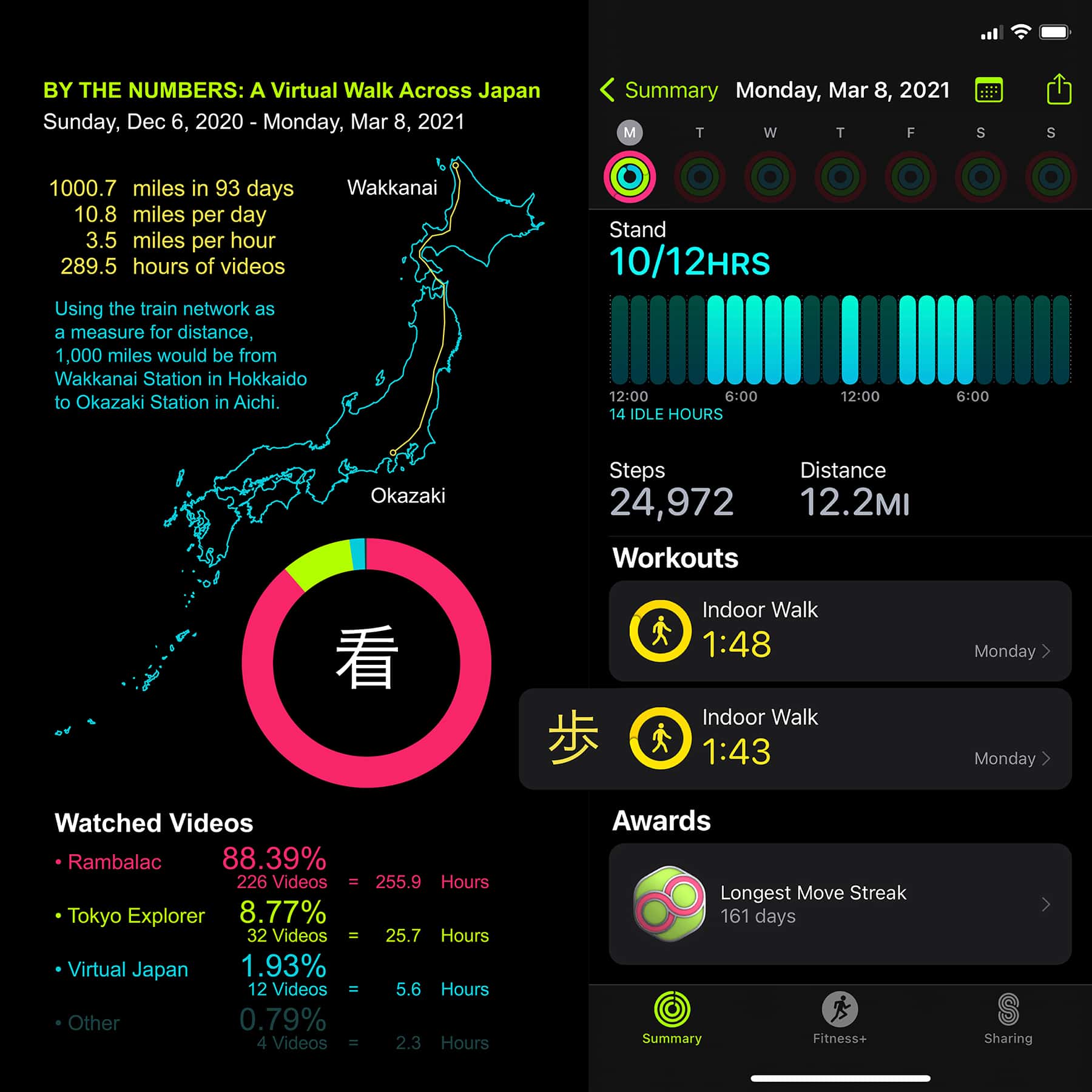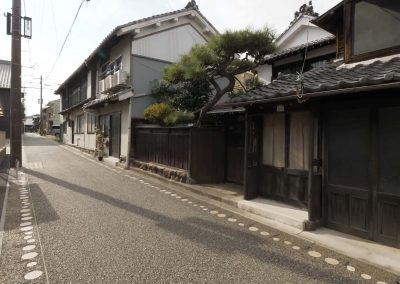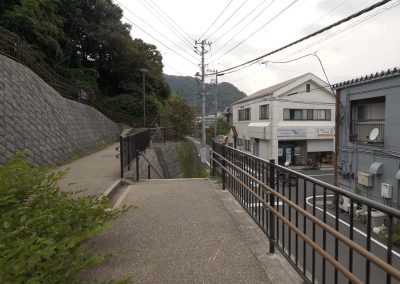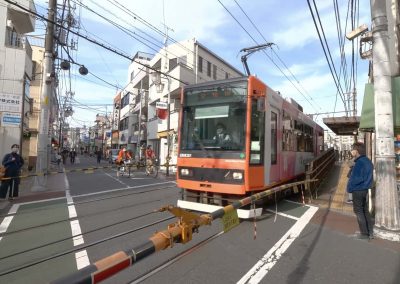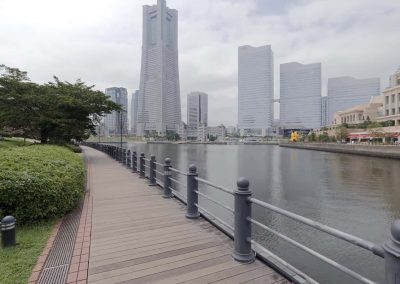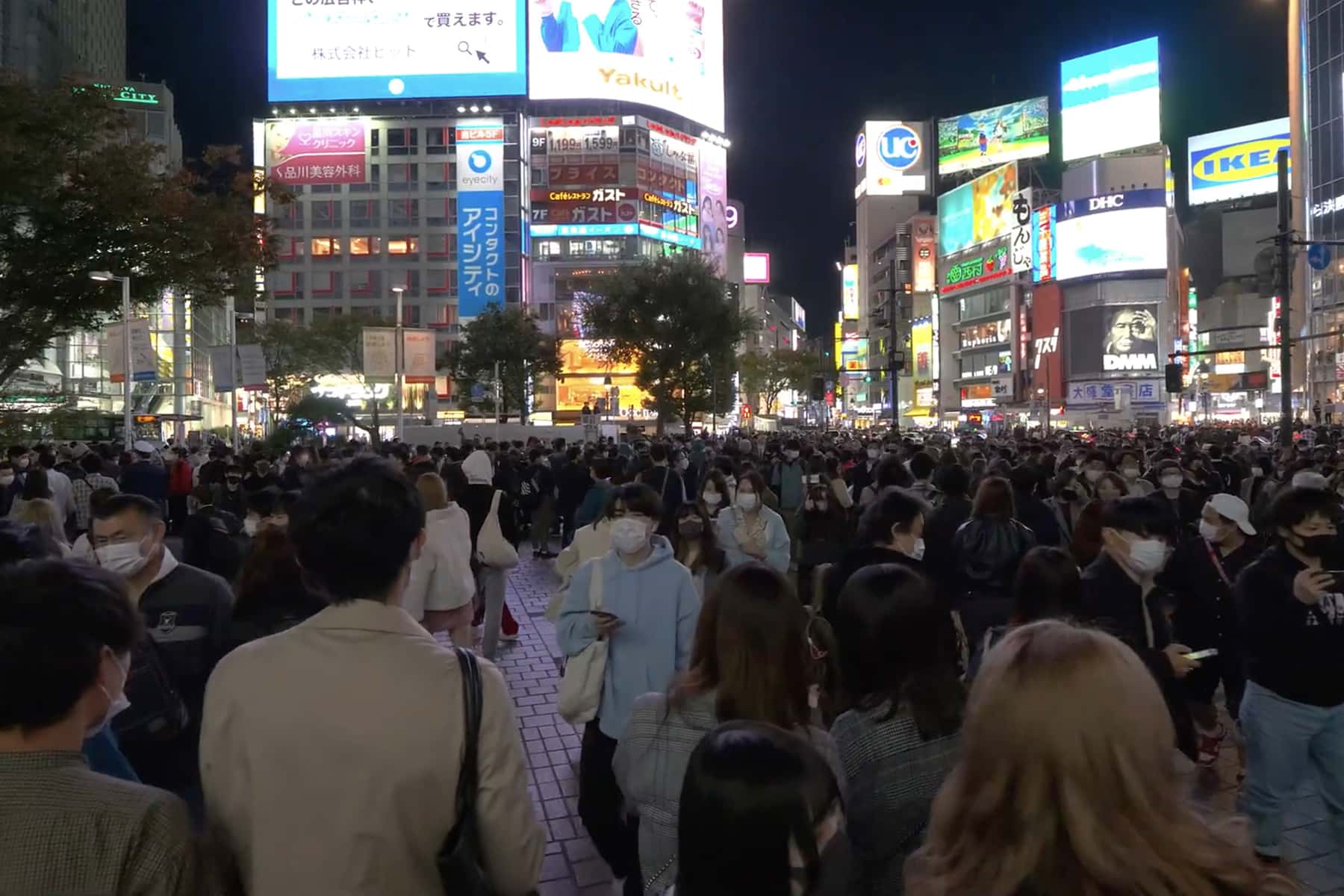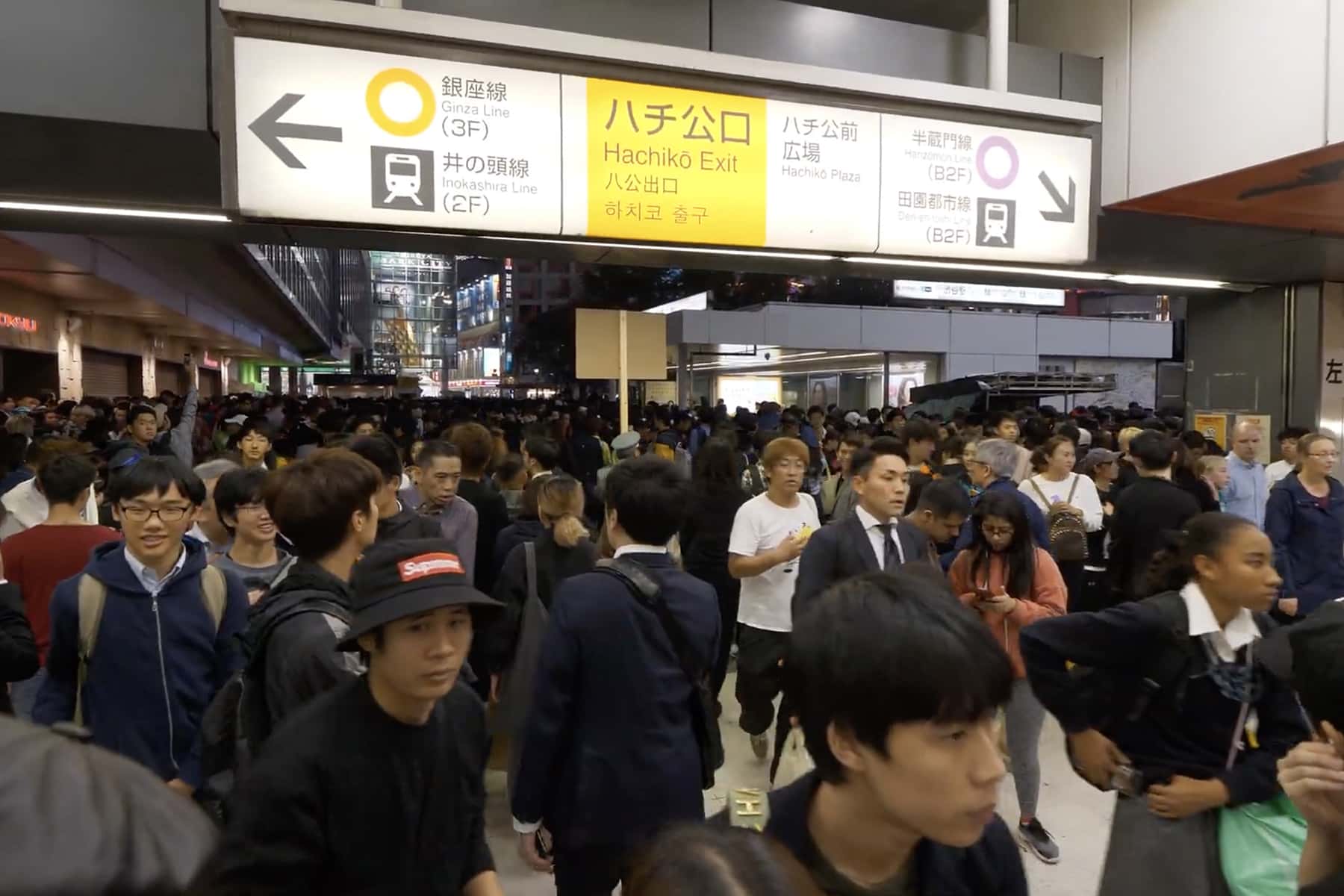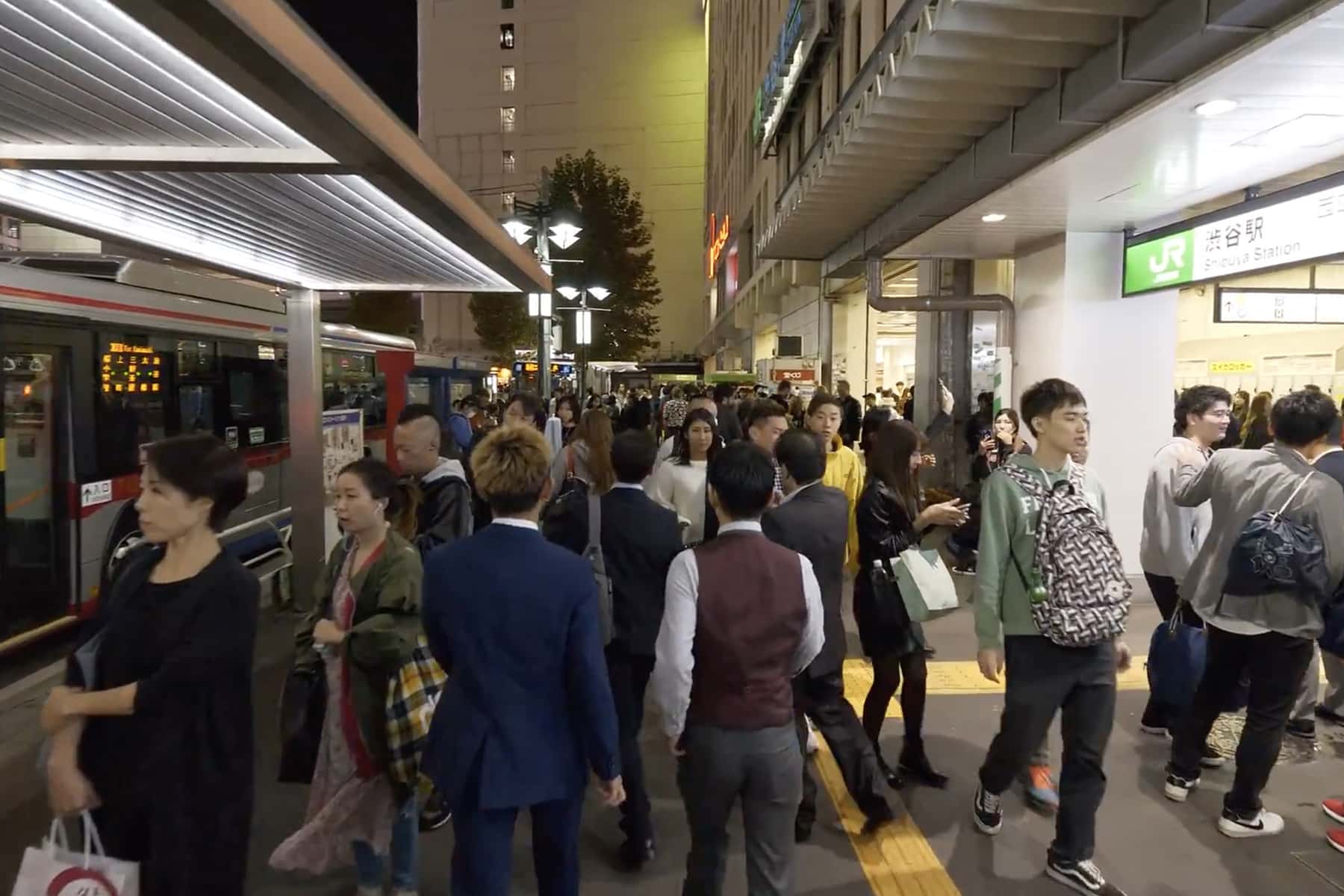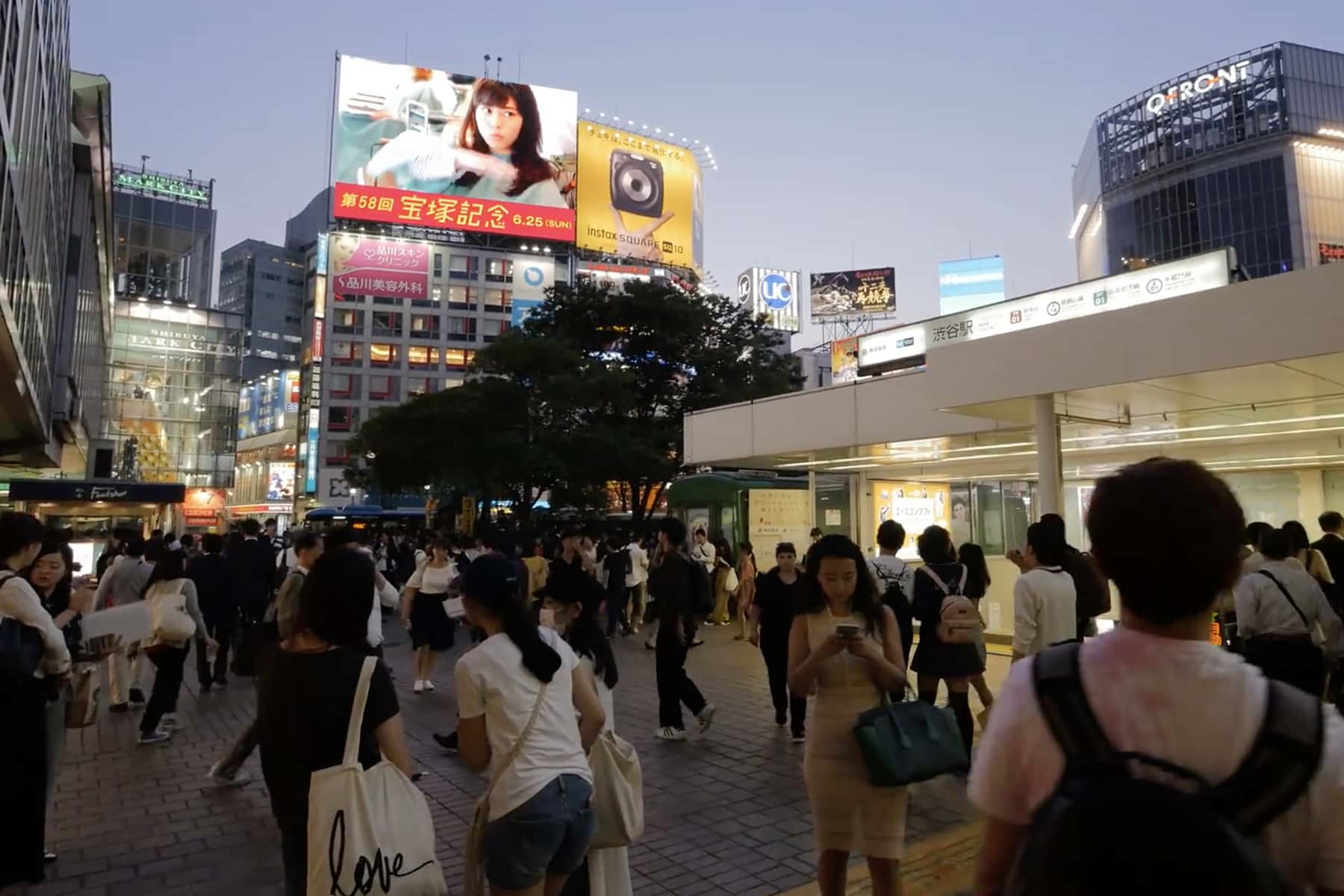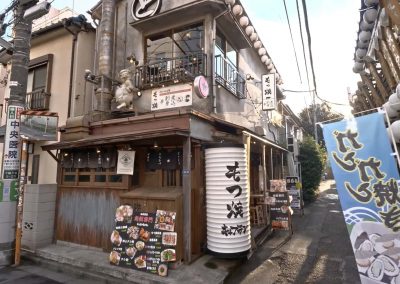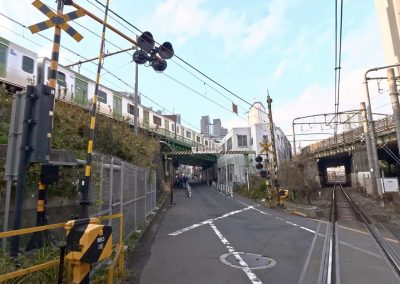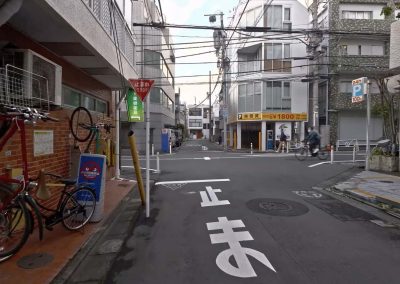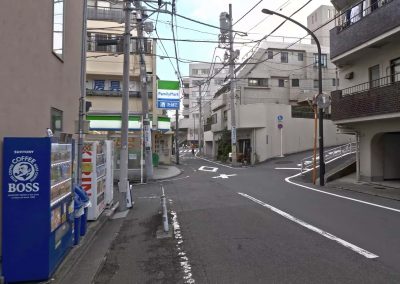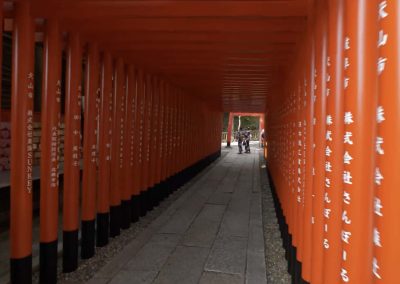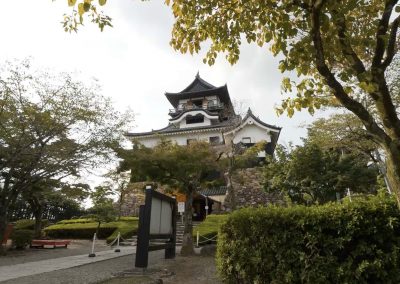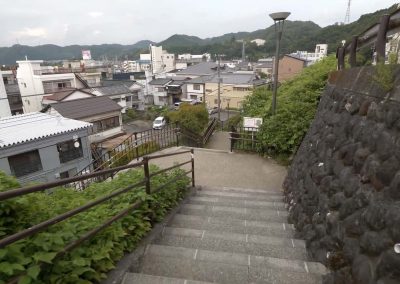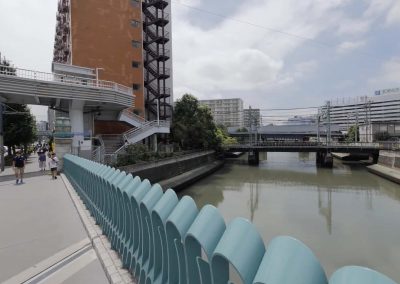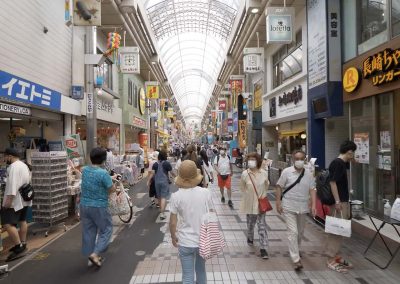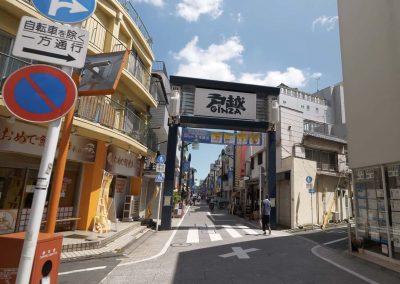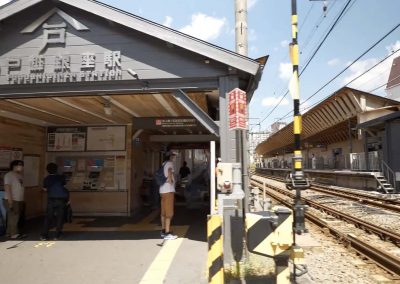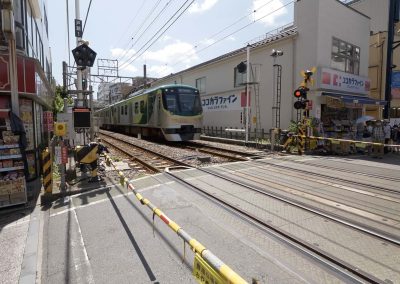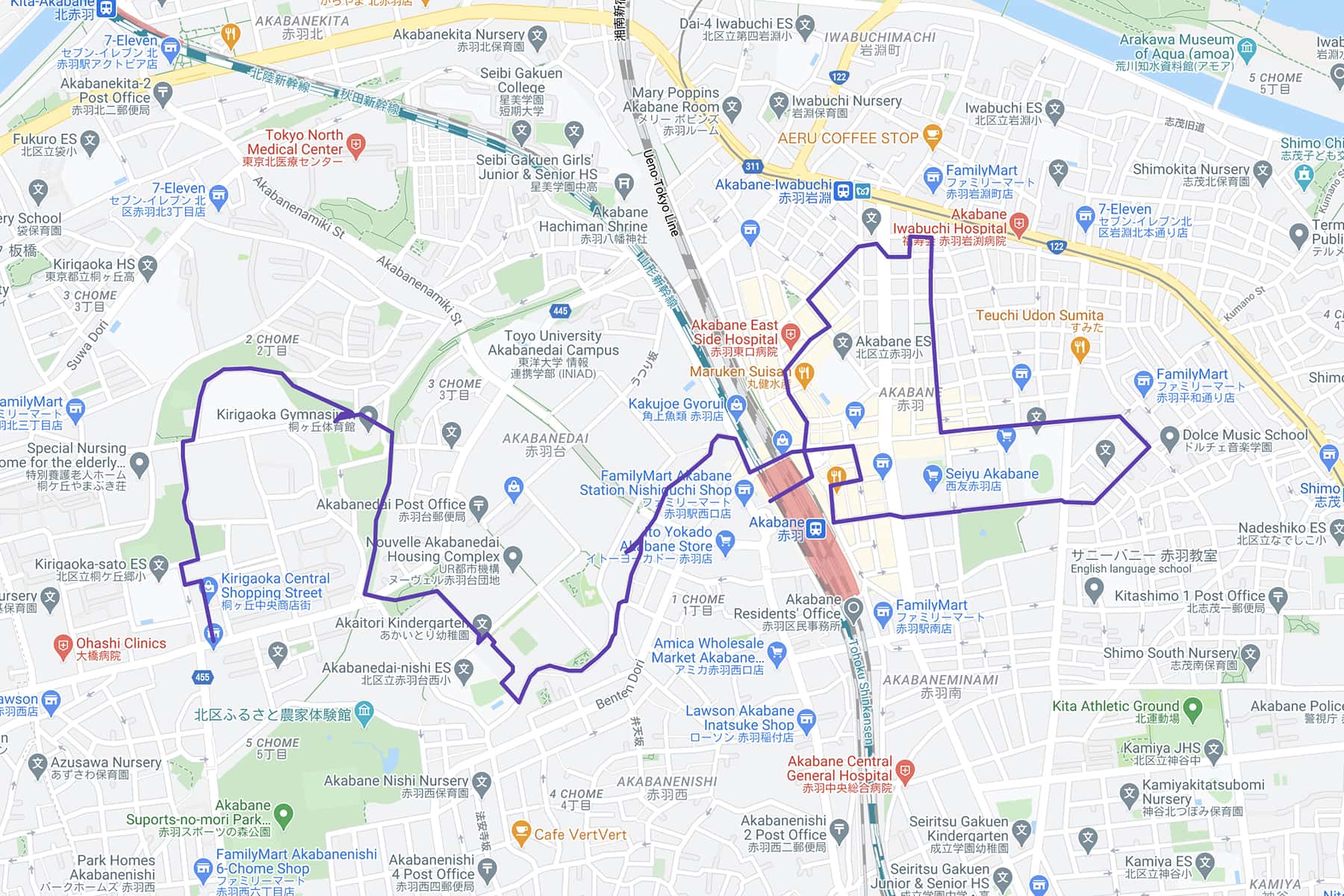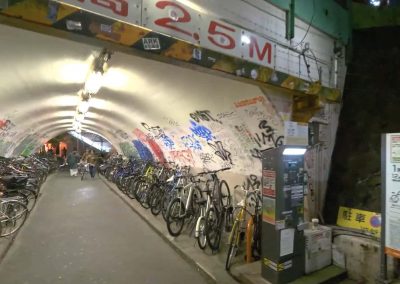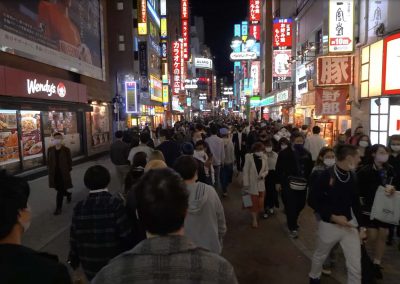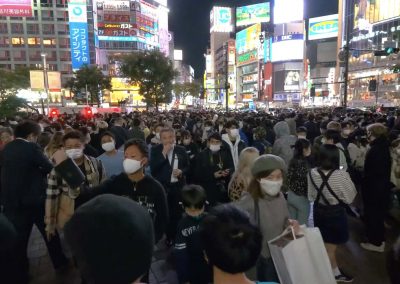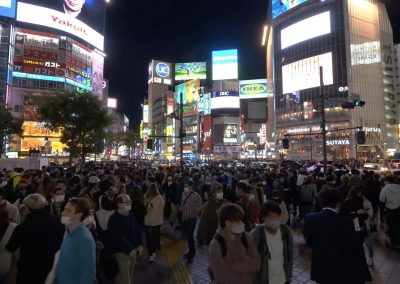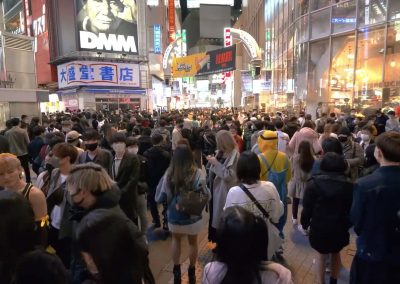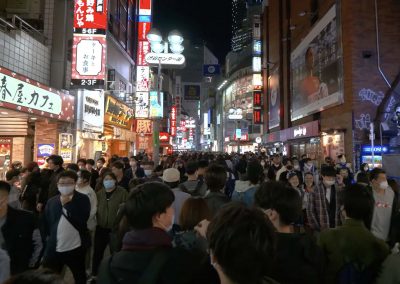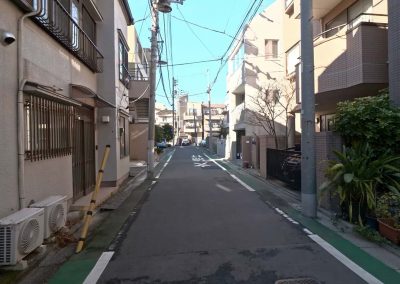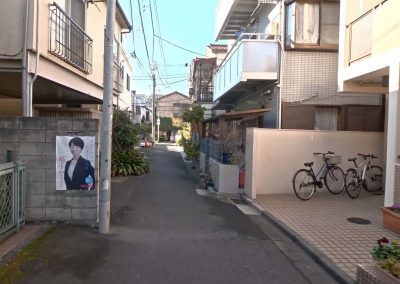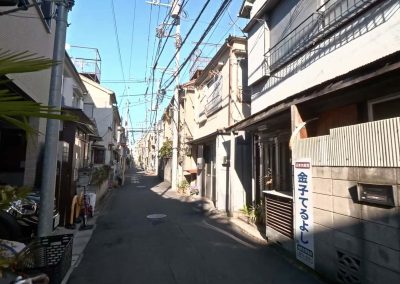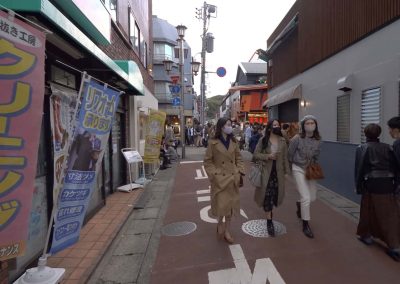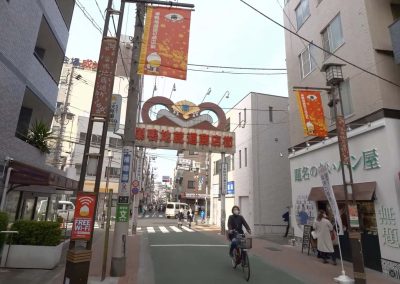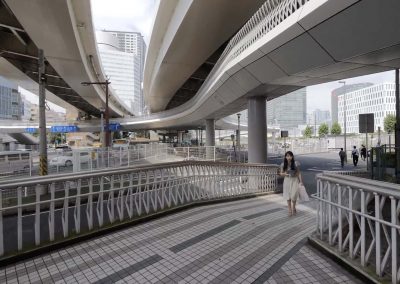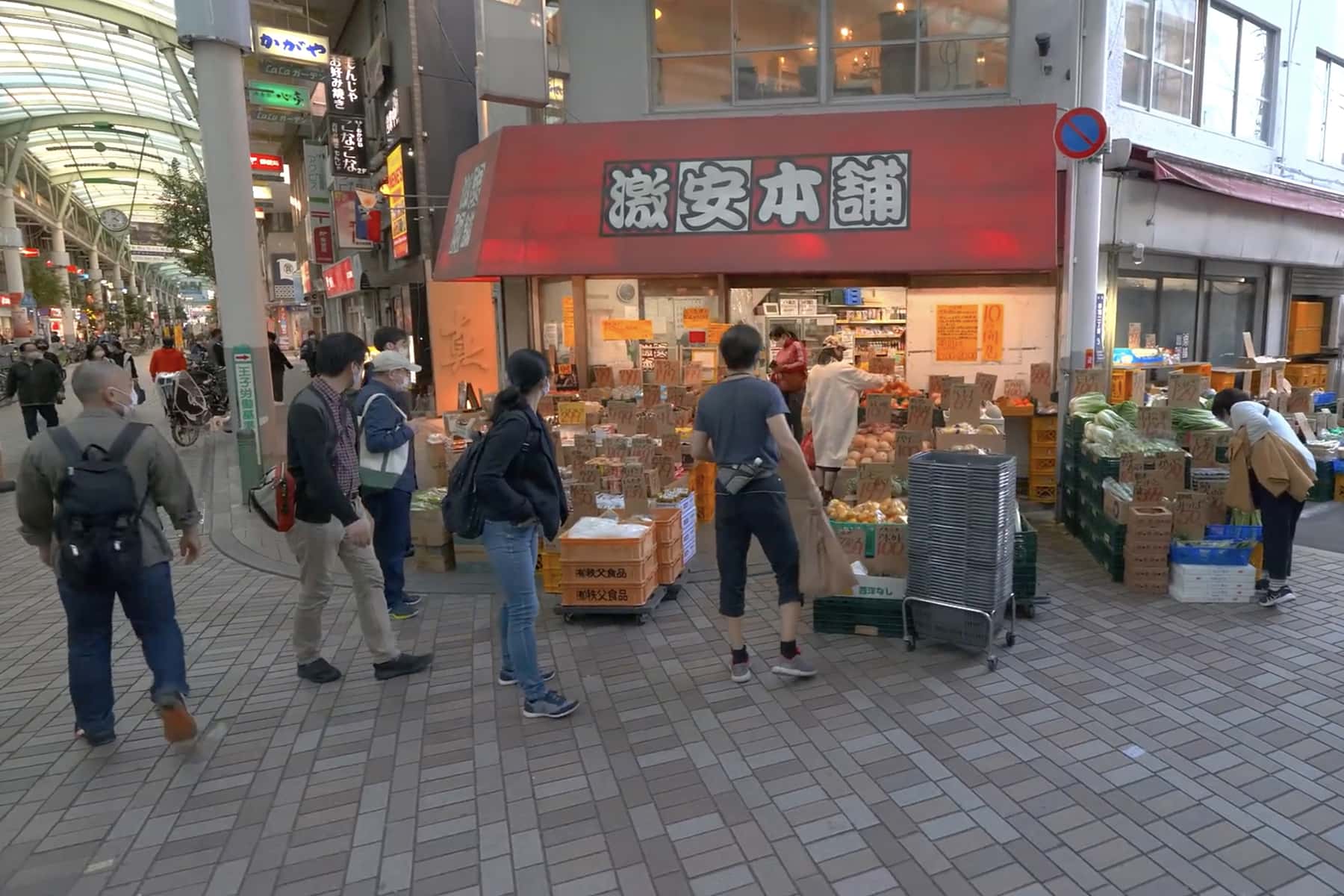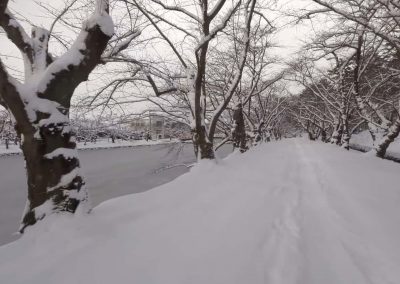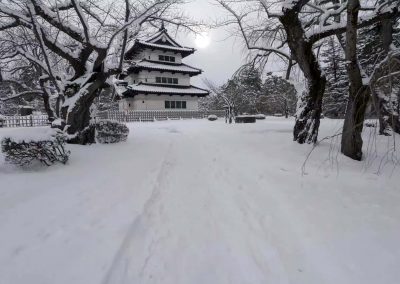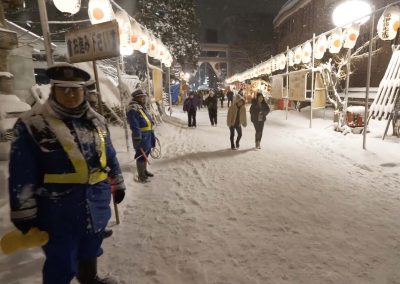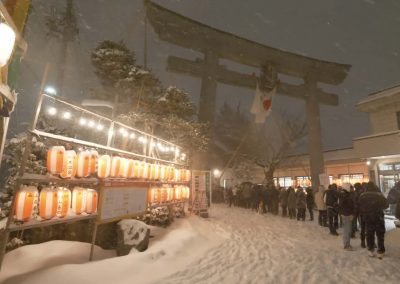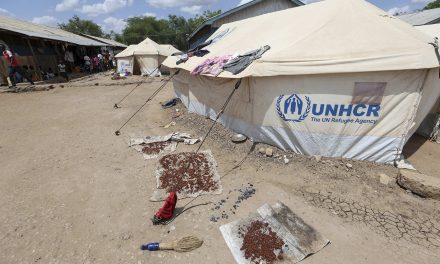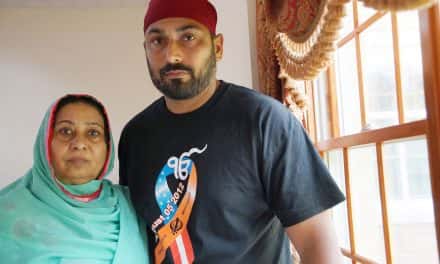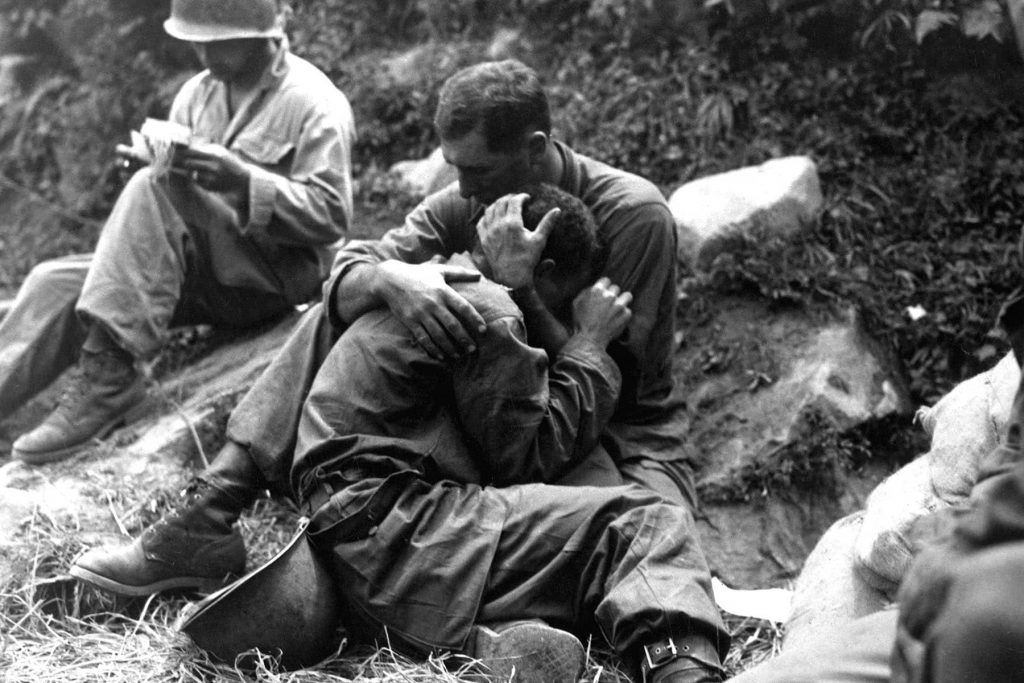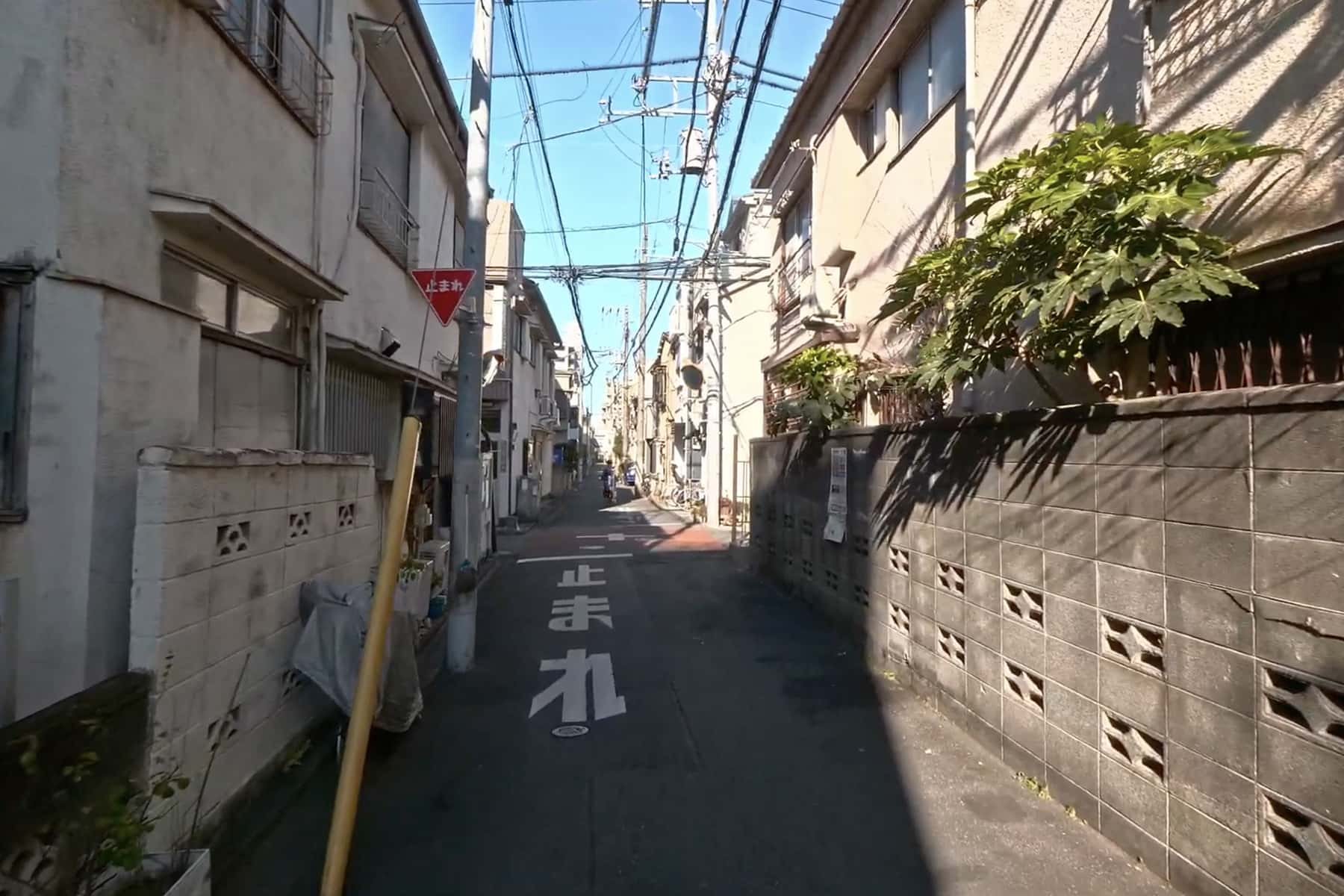
In February I wrote about my treadmill exercise routine while watching VideoWalks from Japan. I had not thought about doing a follow-up story. Then on the calendar I saw that it was coming up on 10 years since the Tōhoku earthquake and tsunami.
That tragedy was what displaced me from Japan, returning to America basically as a refugee – because I had been gone so long I had almost no ties left here. It is an experience that after all these years I am still not ready to write about. But the March 11 anniversary made me think of the long journey I have taken over the past decade. And then it made me think about the long journey I took over the winter, traveling so far while staying in one place.
When I wrote Video playlist of virtual walks across Japan offers a way to step out of the isolated madness of COVID-19 I had other editorial points to make, and even that far into my workout routine I did not think to do the math. I got my new treadmill on December 6 and walked 3 hours a day, 90 minutes early in the morning and late at night. I averaged around 11 miles walking a day. By March 8 – after 93 days – I had covered 1,000 miles. And all that walking was done while I watched the Japan VideoWalks.
In a sense, I had walked across Japan from my home in Milwaukee. Considering that the length of the Japanese archipelago end-to-end is about 1,900 miles, I travelled the equivalent of half the country.
And my silent companion for that virtual journey was predominately with a Youtuber known as “Rambalac.” He lives in the city of Ichikawa in the western Chiba Prefecture of Japan. When he is not filming VideoWalks across the region, Rambalac works as a software developer.
Of all the videos I had reviewed, I was most comfortable with his cinematography and immersive POV (Point Of View) shooting style, which is actually slightly higher than eye level for a better field of view. There was no intrusive narration or rambling commentary, no background music, just a slice of life from everyday Japan in 4K HDR.
His current configuration of gear for street-based video production includes a Panasonic Lumix GH5 with a 8-18mm lens and a Ninja V recorder. Previously he used a Beholder EC1 gimbal to maintain steady shots, but it began to fail from wear and tear over time. He then moved to a DJI RS2. Rambalac said he will likely change cameras in March, upgrading to a Sony FX3, which will make his need for the Ninja V recorder obsolete.
Rambalac’s simple approach stands out from other “travel videos” that try to present self-serving quasi-tourism videos. While he has filmed in the main tourist areas, his walks veer off the more well trodden routes. Instead, he charts courses that weave through the maze of narrow roads in quiet neighborhoods, taking backstreets and alleyways to explore the area. And the route for every VideoWalk is published to a GoogleMap, for location reference. It is a brilliant way for viewers to follow up with interesting landmarks that are discovered along the way.
A handful of videos have departed from Rambalac’s usual format, which took me out of the virtual walking mode. But it was so creative that I could enjoy and continue with my workout. At scenic nature locations, Rambalac would walk to a point and then appear to start flying. He very cleverly launched a drone (Mavic 2 Pro) and aligned the film edit. For his trip to the town of Shinano in Nagano Prefecture, he came to the edge of Lake Nojiri then soared over the water to hover above the Uga shrine on Biwa island.
With a runtime from a half hour to more than a couple hours, Rambalac has given his nearly half million subscribers a weekly virtual experience from sites around Tokyo and locations across Japan. I previously lived in Nagoya, and predominately in the ancient city of Kamakura. So I have appreciated Rambalac’s visits there, and nearby places like Yokohama and Enoshima. I walked those areas extensively taking photos, so those VideoWalks are very nostalgic for me – especially since the pandemic prevents any chance to visit in-person for some time.
I communicated briefly with Rambalac for my previous article. But I wanted to connect with him directly this time with an interview, to ask more about his work and the process to produce his VideoWalks – which have been a part of my daily life for the past three months. He was kind enough to answer my questions, and my written interview with Rambalac is presented here.
Q&A with Rambalac
Milwaukee Independent: How did you begin filming your walks through Japanese towns?
Rambalac: After coming to Japan 11 years ago I bought my first camera, a Panasonic Lumix TZ7, and started shooting photos. But I always felt that photos were not enough to capture the visual complexity of some places. Many things get overlooked, even unintentionally, because a photo can only show a limited space. For video at that time, electronic gimbals were not affordable and steadicams were too big, heavy, and took a lot of time to prepare.
Milwaukee Independent: What are some of the challenges you experience while filming your walks?
Rambalac: Compact cameras and mobile phone cameras always had some issues, but when I started filming with a DSLR the weight became a problem.
Milwaukee Independent: What has been the public reaction to your VideoWalks? And, what feedback has surprised you the most?
Rambalac: For the first Videowalk I did of Fuchu and Kawasaki cities in 2016, my YouTube channel got a surprisingly high volume of views and comments in only few days. Before that I did some camera test videos, but the traffic to my videos was almost nothing. Then I suddenly started getting more views and some feedback on my work.
Milwaukee Independent: What is the most common question you get asked on your Youtube channel?
Rambalac: Are you Japanese? How tall are you? What game is this?
Milwaukee Independent: Which VideoWalk has been the most popular with your viewers, and why?
Rambalac: So far the most popular video is Walking at night in Aokigahara forest. Why? Not sure. Probably even if anyone filmed there before at night it was in horrible quality and too short. I filmed for 45 minutes walking alone the whole time in the dark. (4.24M views filmed April 16, 2018)
Milwaukee Independent: During the pandemic, what has been the biggest social change you have seen walking around Japan?
Rambalac: Face masks are worn a lot more than before the pandemic. And, there is definitely less people outside. Other than that, it doesn’t feel like much has changed.
Milwaukee Independent: Why do you avoid narrating or talking to the Youtube audience during your walks?
Rambalac: One of the reasons why I started doing VideoWalks was because I didn’t like what I saw being produced. When people filmed their travel vlogs, it seemed to be all about them. When you search Youtube for some place to explore, you want to see the place and not someone’s face instead. My feelings were the same about sound. What can I tell people about a place I do not know much about? I have to google the facts myself. So I felt that a talking video with some Wikipedia reading sounded too silly for me.
Milwaukee Independent: Have you considered doing LiveStreams of your walks instead of pre-recording?
Rambalac: I did LiveStreams for some time. LiveStreams are not 4K and there are many issues with signal loss or data congestion in different areas. And it seems pointless to film in realtime if I am not talking, or cannot answer anything from viewers in chat directly.
Milwaukee Independent: Along with plants and pets, what other abstract objects do you like to stop and focus on during a VideoWalk, and why?
Rambalac: Anything unusual. Strange vending machines, restaurants, old houses, unusual cars.
Milwaukee Independent: What is the most important life lesson that you have learned from walking around Japan with a camera?
Rambalac: Bad shoes can cause any kind of pain that you would never expect. For example, I got head aches because of neck and back pain. Also, walking a lot won’t automatically make a person more slim.
Milwaukee Independent: Do you have a dream location that you would enjoy walking around to film that you have not gone to yet?
Rambalac: I don’t have a place I dream about. But I would like to film at a few places which are normally impossible to get access to film, or at least impossible to film without some official guide. So I would like to do a VideoWalk in an abandoned amusement park or old mine, or Gunkanjima.
Milwaukee Independent: How did you come up with the idea to add a drone to your walk videos? And, what is the biggest challenge of using a drone in Japan?
Rambalac: I always had an idea to be able to continue walking on the edge of some rocks. Or get an elevated view of a river or lake. And while it’s impossible to do physically or at least do safely in real life, I felt it would be a good addition for some areas – especially in the mountains. Drone usage is pretty simple in Japan, there is government map where you can see prohibited areas.
Milwaukee Independent: How can the public help support your video walks?
Rambalac: Other than donating funds for travel expenses and upgrading to better equipment? I wish some places like towns or districts would send me an invitation, and then allow to film inside of shops, restaurants, and special locations. That kind of access would enrich my videos, and I hope help raise awareness and interest for those places.
Playlist: Directory of 4K VideoWalks
Rambalac Youtube Channel: Images show here were created as screen grabs from more than a dozen video episodes, and highlight the diversity of Japan’s urban and rural environments.
MapLink: Some cities included in Virtual VideoWalks
Rambalac VideoWalk Maps: Abiko, Akabane, Akasaka, Akebonoyama, Akigawa, Akihabara, Akita, Aokigahara, Aomori, Atami, Beppu, Choshi, Ebisu, Enoshima, Fujisawa, Fukiage, Funabashi, Gion, Gotemba, Gujo, Hachiko, Hachioji, Hakata, Hakkenjima, Hakone, Hamarikyu, Hashidate, Hatonosu, Hibiya, Hinohara, Hirosaki, Hiroshima, Hiyoshi, Hodogaya, Ikebukuro, Ishinomaki, Itabashi, Jogashima, Kamakura, Kamata, Karuizawa, Kawagoe, Kawaguchi, Kawaguchiko, Kawama, Kawasaki, Kichijoji, Kinkakuji, Kiyomizudera, Kobe, Koenji, Kofu, Koma, Kosagoe, Kouzushima, Koyose, Kozushima, Kumagaya, Kumotori, Kurohime, Kusatsu, Kyotango, Kyoto, Machida, Matsuyama, Meguro, Minatomirai, Mineyama, Mishima, Mitaka, Miyajima, Miyoshi, Mizuho, Nagano, Nagatoro, Nagoya, Nakano, Nara, Narita, Niemonjima, Ningyocho, Nishinomiya, Numazu, Odaiba, Oimachi, Okunoshima, Omiya, Omotesando, Omuta, Oomori, Osaka, Rikugien, Roppongi, Ryogoku, Ryugasaki, Sagamihara, Saitama, Sakuragicho, Sangenjaya, Sapporo, Sawara, Shibamata, Shimbashi, Shinagawa, Shinjuku, Shinkyo, Shiroishi, Shuzenji, Sugamo, Sumidagawa, Susukino, Tabata, Tachikawa, Takasaki, Tanashi, Tateyama, Tokamachi, Tokigawa, Tokorozawa, Tokushima, Tomakomai, Toyama, Tsuchiura, Tsukishima, Tsurumi, Ueno, Urayasu, Wako, Warabi, Yokohama, Yokosuka, Yokosuku, Yoshiwara, Yotsuya, Yoyogi, Yufuin, Yuzawa, Zoshiki, and Zushi.
Map Route: Akabane
Kintaro Walks Japan
In 2004, Tyler MacNiven did actually walk the length of Japan in 145 days. He created a one-hour documentary of the trek, titled Kintaro Walks Japan. His nicknamed “Kintarō” means “Golden Boy” because of his blond hair. The official “Kintaro Walks Japan” website is no longer active. This version of the original 2004 Youtube video has been archived as a precaution, to preserve for public viewing.
SPECIAL NOTE: The Swedish YouTube vlogger known as “Tokyo Explorer” filmed the first exploration that I used for my treadmill workout, because I discovered his visit to Enoshima. I enjoyed his cinematography style, and the choice of locations he shared early in my exercise program. His pre-recorded videos were closer to a half hour, which offered me a variety of adventures to watch during a workout. But it meant I consumed his back catalog of content rather fast. Sometime after August 2020 it appeared that he transitioned exclusively over to LiveStreams, and that format did not suit my needs.
To be clear, the Tokyo Explorer Youtube Channel is really professional and popular. He has a personal touch with his audience which is really charming to watch. But lots of particulars were not a good match for my preferences. His LiveStream times did not correspond with my workout schedule. He talked a lot, but not as a guide giving a tour as much as just interacting with viewers watching the LiveStream. I could not see the chat comments from viewers while watching on an AppleTV, but I could follow his one-way conversation. At times it was entertaining, although mostly the tangental topics were mentally distracting from my workout.
Tokyo Explorer also uses a mobile phone for his LiveStream, which has some quality and technical idiosyncrasies that are more noticeable when not watching in realtime. And as a LiveStream broadcasting in realtime, when he wants to stop for a coffee or pause for bite to eat, the adventure halts and becomes a static shot from the table of a snack stand for ten minutes. For anyone who is eager to view the world from the cozy comfort of their couch, and watch or interact in realtime as Tokyo Explorer strolls along the urban and rural routes of Japan – I highly recommend his channel. His work is appealing, well done, and I was able to travel close to 90 miles watching his older videos. But to use the LiveStreams for virtual walks can be just problematic enough to disrupt the rhythm of long workout, which defeats its usefulness as visual aid.
Statistics
